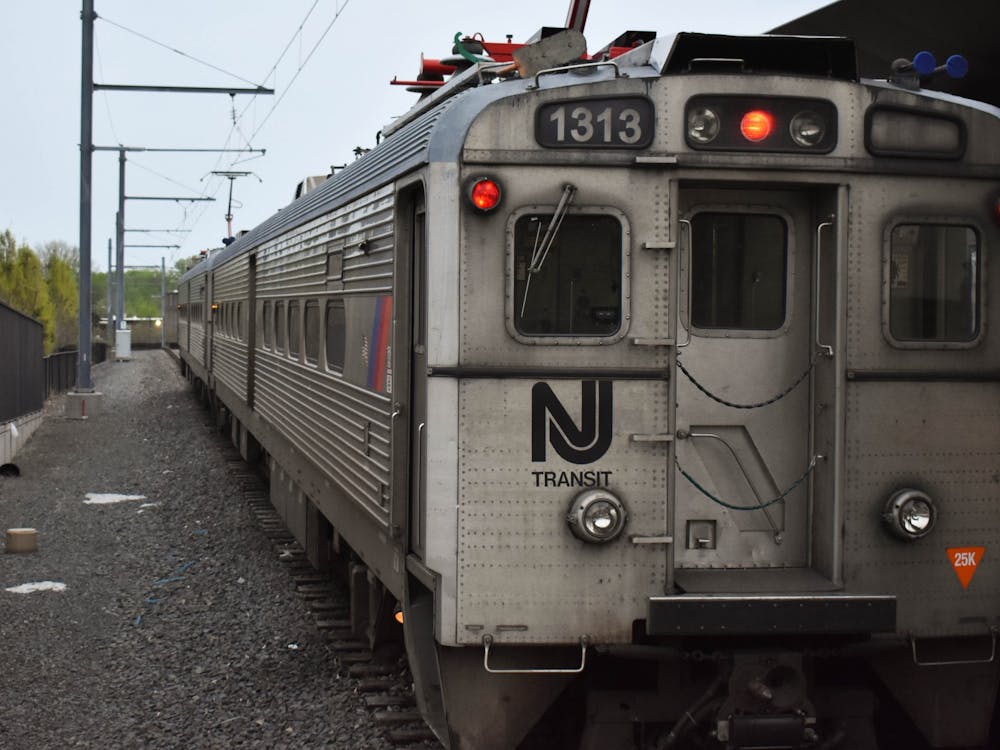Williams College recently announced its plans to freeze the rate of tuition for the 2000-01 school year at $31,520 per student. Officials at Williams reached this rare decision based on a recent surge in alumni giving and a successful endowment that has breached the $1 billion mark. Those sources of funds have both alleviated pressure from paying families and raised the question of whether or not a school with a large endowment could justify holding the rate of tuition from year to year.
With the highest per-student endowment in the nation, Princeton would seem even better prepared than Williams to freeze the tuition rate. But instead, the University decided to increase next year's comprehensive fee by 3.3 percent. While Williams' decision may appear more appealing on the surface, the University made a wise choice by deciding to raise next year's tuition to $32,636.
The 3.3 percent increase is the lowest increase in the University's last 30 years. Although the Priorities Committee typically calculates the percentage based on inflation and the average American household income, next year's hike will be minimal for various reasons. Among them is the strength of the nation's booming economy, which has contributed both directly and indirectly to the University's decision. Not only will Princeton receive greater federal subsidies, but alumni should be more willing to donate funds, and the school's endowment will benefit from the strength of the stock market.
Despite the smaller increase in tuition, the University has developed generous financial aid packages for next year's students. In addition to eliminating the value of the family home from all financial aid calculations, the University will further reduce the amount of money middle-income students will have to borrow. These changes should grant financial-aid students an additional $2,250 a year, on average. Williams, thus far, has made no announcements about changing its financial aid program and will concentrate more on freezing tuition as a means of lowering the cost of attending school.
The two schools' contrasting decisions on tuition increases will carry subtle but significant ramifications. Because Williams' tuition next year will remain the same, those who could afford to pay an extra three to five percent won't have to. Because the average household income increases annually due to inflation, those students will end up contributing less to Williams' revenue relative to lower-income students. This will place more of the school's financial burden on middleor lower-income families.
Princeton, on the other hand, has tried to accomodate those middleand lower-income students when designing next year's budget. Those who can afford the extra fee will still be responsible for generating most of the collective tuition revenue, albeit at an unusually small increment. Students from middleand lower-income backgrounds, meanwhile, will benefit tremendously from the University's beefed-up financial aid packages.
Like Williams, Princeton can afford to take these measures in part because of strong alumni giving and a robust endowment. But unlike our Massachusetts colleagues, the University has taken a more progressive approach — students who need the most financial help stand to benefit the most from our recent fiscal changes.







